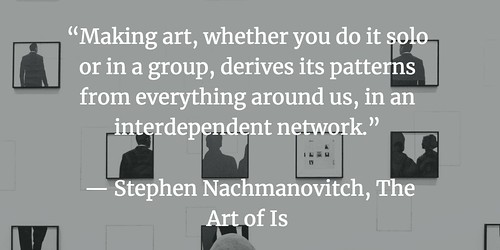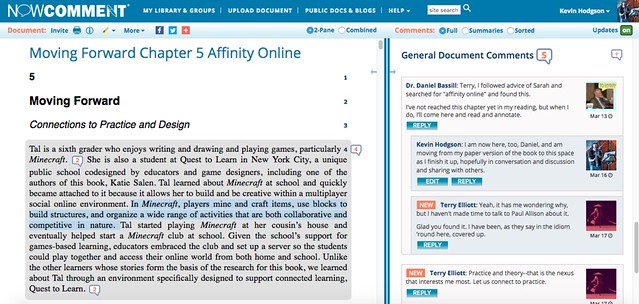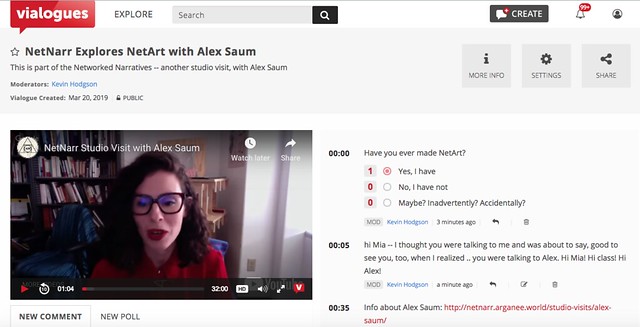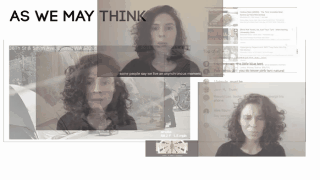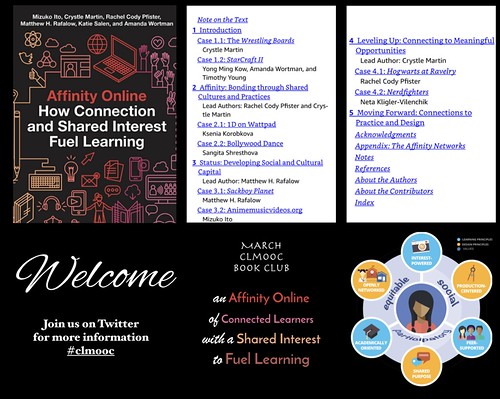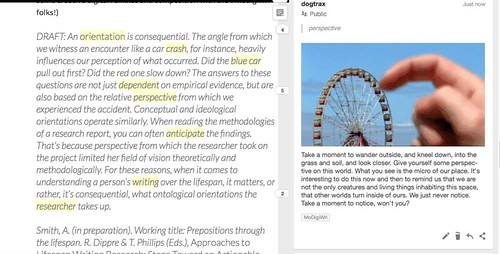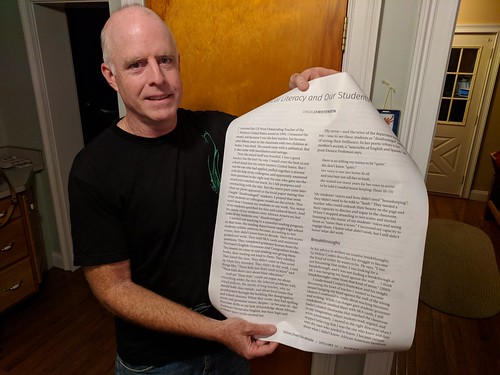I’ve been reading, with other CLMOOC friends, the book, The Art of Is by Stephen Nachmanovitch, in an annotation site called NowComment, which has allowed us to engage with the text and have conversations together in the margins.
I reached a section last night about mistakes and improvisation, and how mistakes fuel creativity, but also, how so many people are taught to fear mistakes, how they avoid mistakes at all costs, and how many experience shame when things go awry (partly due to our education systems that teach failure vs success as a zero sum game).
“Mistakes” in improvisation are hard to define, but people recognize when something works and when it doesn’t. — from The Art of Is by Stephen Nachmanovitch
Nachmanovitch suggests otherwise, arguing that the possibilities of art also emerge from places where things are imperfect or gone awry but that finding the art in the mistakes requires your ear to be attuned to the possibilities emerging from the unknown, from the mistakes. This is embedded into improvisation, he suggests, and I agree.
For this is how I write songs. I start at a place where I know I will begin (common chords and common patterns) and then listen for my fingers fumbling on the fretboard of the guitar, knowing that sometimes, something happens — and I need to expect the unexpected, and use the mistake for a new path forward. In those moments, I am often scribbling lyrics like a madman, to capture the idea before it gets away from me.
In my rock and roll band, on my saxophone, when I am soloing, as improv, this, too, is what happens — I often don’t know where I am going with my playing on solos, and sometimes, my fingers take me in a direction that is, well, news to me. This nearly always sparks some internal panic known only to me, Making a mistake in a gathering with other musicians, particularly with a live audience in front of you — that’s tricky business, and stressful, and exciting, too. I’ve learned to trust myself in this high wire act, though. I trust I will know where to go even if I am not aware of it as I’m thinking on it.
Thinking on this concept of mistakes, I wrote a poem for the margins of our shared reading experience …
On Making Mistakes
No one ever noticed,
for more than the second
it takes one to forget,
the perfect song:
the magic of listening
to remember resides
in the blemishes —
the transposed chords,
the slightly off-kilter
phrasing, the slip of the
voice, the chipped reed, the
spit-filled tube, the broken
drumstick, the snapped piano
string, the panic that produced
something to ponder
when the music’s echoes
have since long been over
Peace (where the path goes, follow),
Kevin


